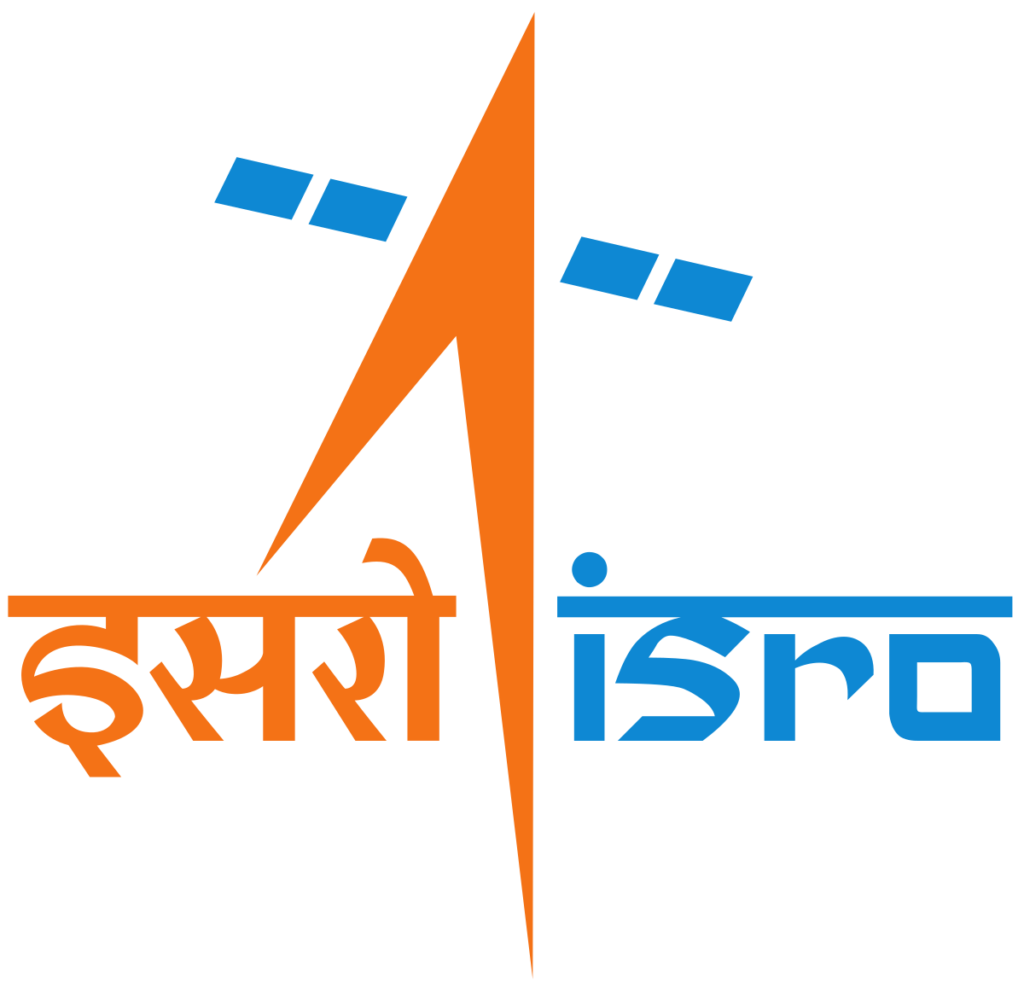Indian space program soon to land on the moon.
Indian space program
Indian space program: India, a land of rich culture and diverse landscapes, has also made its mark in the realms beyond our planet. Over the years, the Indian Space Research Organisation (ISRO) has consistently achieved remarkable milestones in space exploration.
As of the current date, July 30, 2023, India is preparing to launch its Chandrayaan-3 mission, which aims to become the fourth nation in the world to successfully make a soft landing on the moon. The mission is built on a budget of less than $75 million and is set to blast off from India’s main spaceport in the southern state of Andhra Pradesh.
With a vision to explore the lunar surface, India is on the verge of becoming the fourth nation in the world to land on the moon, an unprecedented feat that has garnered global attention and admiration. In this article, we delve into the fascinating journey of India’s space program, its significant achievements, and the ambitious mission that aims to propel the nation into an elite orbit.
Indian Space Program: A Historical Perspective

India’s tryst with space exploration began in the early 1960s when Dr. Vikram Sarabhai, widely regarded as the father of the Indian space program, envisioned harnessing space technology for the country’s development. The establishment of ISRO in 1969 marked the beginning of India’s quest to venture into space. Since then, the organization has achieved several milestones, including launching satellites for communication, remote sensing, and navigation purposes. India’s space program has not only benefitted the nation but has also gained international recognition for its cost-effectiveness and efficiency.
The Momentous Chandrayaan Missions
Chandrayaan-1: Paving the Way

In 2008, India embarked on a groundbreaking lunar mission, Chandrayaan-1, which was the country’s first foray into lunar exploration. The mission made history by discovering water molecules on the moon’s surface, a significant revelation that fueled interest in further lunar exploration. Chandrayaan-1 was a remarkable demonstration of India’s technological capabilities and scientific prowess.
Chandrayaan-2: The Giant Leap

Building on the success of Chandrayaan-1, India launched Chandrayaan-2 in 2019, an ambitious mission designed to explore the moon’s south pole region. The mission comprised an orbiter, a lander called Vikram, and a rover named Pragyan. While the lander encounters challenges during its descent, the orbiter continues to orbit the moon and conduct valuable scientific research. Chandrayaan-2 showcased India’s determination to explore uncharted territories in space.
Chandrayaan-2, the previous moon mission launched in 2020, had successfully deployed an orbiter but its lander and rover were destroyed in a crash. With Chandrayaan-3, India’s space industry will be seeking redemption and attempting to mark its arrival as a power in space exploration.
Chandrayaan-3 Lunar pole

The Chandrayaan-3 mission is planned to launch a 2-meter tall lander that will deploy a rover near the lunar south pole, where water ice has been detected. The rover is expected to conduct a series of experiments and remain functional for about two weeks.
India has been striving to establish itself as a leading space power. Since 2020, the country has opened up to private space launches, leading to a significant increase in the number of space start-ups. India has also become a prominent supplier of commercial space operations and aims to increase its share of the global launch market by fivefold within the next decade.
In terms of international collaboration, India has signed the Artemis Accords with the United States and has agreed to launch a joint mission to the International Space Station (ISS) in 2024. The country is actively looking for opportunities to collaborate with other space organizations, including private companies, to strengthen its position in the space industry.
Gaganyaan: India’s Manned Space Mission
The Vision of Gaganyaan

In a bold and ambitious step, ISRO is now preparing for its maiden manned space mission, Gaganyaan. The mission aims to send Indian astronauts, also known as Gagannauts, into space. This historic venture will not only propel India into an elite league of nations capable of crewed space missions but will also open up new horizons for scientific research and technology development.
Training the Gagannauts in Indian space program
The Gaganyaan mission involves meticulous training and preparation for the selected astronauts. ISRO has collaborated with international space agencies to leverage their expertise in astronaut training. The Gagannauts will undergo rigorous training in various aspects, including spaceflight dynamics, survival skills, and operating spacecraft systems. Their resilience and dedication will be the driving force behind this landmark mission.
Regarding its interplanetary missions, the ISRO plans to launch its second mission to Mars, the Mangalyaan-2, next year. The first Mangalyaan mission, which entered Mars orbit in 2014, operated successfully for seven and a half years and gained attention for being cost-effective.
India Space Program Diplomacy
India’s space program is not limited to national interests but also extends to international collaboration and diplomacy. Over the years, ISRO has launched satellites for numerous countries, providing valuable services and strengthening bilateral ties. India’s space endeavors have been marked by inclusivity, reinforcing the nation’s commitment to using space technology for the benefit of humanity.
The Road Ahead: India’s Lunar Landing Mission
India’s next leap in space exploration is the eagerly anticipated lunar landing mission. This mission aims to place a lander and rover on the moon’s surface to conduct scientific experiments and gather crucial data. The mission’s success will not only be a testament to India’s technological capabilities but also a milestone in understanding the moon’s mysteries.
India space program: FAQs
What are India’s major achievements in space exploration so far?
India has achieved several significant milestones in space exploration, including the successful Mars Orbiter Mission (Mangalyaan), Chandrayaan-1, and Chandrayaan-2 missions, among others. These missions have garnered international acclaim for India’s space program.
How does India’s space program contribute to the nation’s development?
India’s space program plays a vital role in national development by providing communication, remote sensing, weather forecasting, and navigation services. It also contributes to disaster management and agricultural planning.
What are the objectives of the Gaganyaan mission?
The Gaganyaan mission aims to send Indian astronauts into space and pave the way for future crewed missions. It seeks to demonstrate India’s capabilities in human spaceflight and foster scientific advancements.
How has India’s space program contributed to international cooperation?
India’s space program has fostered international collaboration by launching satellites for various countries and participating in joint missions. It has strengthened diplomatic ties and showcased India’s commitment to peaceful space exploration.
What challenges does India’s lunar landing mission face?
India’s lunar landing mission faces challenges such as precise navigation, soft landing on the moon’s surface, and conducting scientific experiments in a harsh lunar environment. ISRO’s expertise and dedication will be crucial in overcoming these challenges.
How does India’s space program inspire future generations?
India’s achievements in space exploration inspire the youth to pursue careers in science, technology, engineering, and mathematics (STEM) fields. It instills a sense of pride and curiosity among the younger generation, driving them to push the boundaries of human knowledge.
Conclusion
India’s space program has come a long way since its inception, and with the upcoming lunar landing mission, it is on the cusp of achieving yet another historic milestone. The relentless pursuit of knowledge and the indomitable spirit of its scientists have propelled India into the global space community. As India aims to become the fourth nation in the world to land on the moon, it reinforces its commitment to scientific exploration and innovation, inspiring generations to dream big and reach for the stars.
Overall, India’s space program is making significant strides, and the success of Chandrayaan-3 and other upcoming missions could indeed propel India further into the elite orbit of space exploration and commerce.






